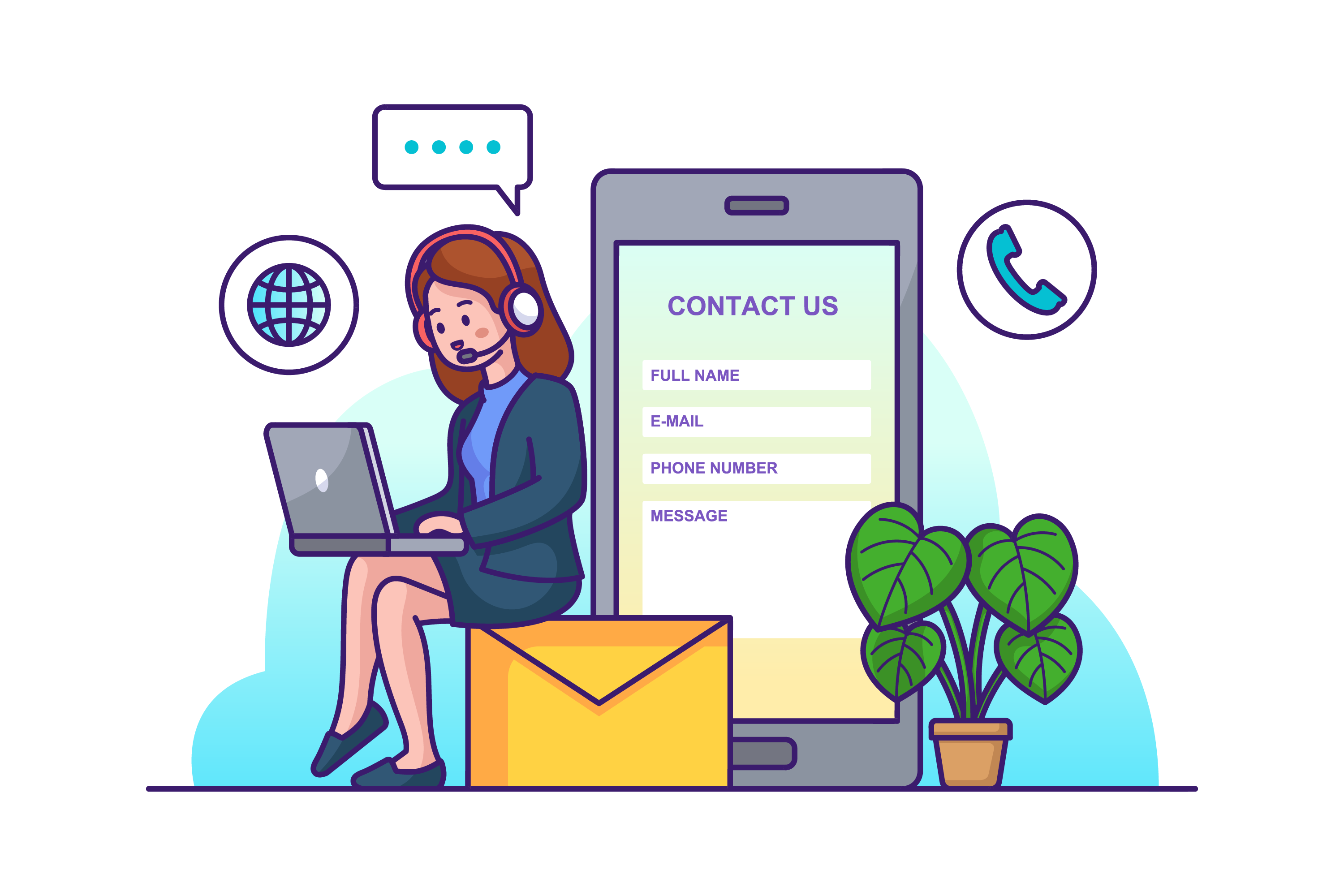- Researching Your Brand’s Customer Experience
- Excellent Customer Service Throughout the Journey
- Better Customer Experience = More Sales
Only around 58.1% of sales reps manage to meet their quotas, and 68% of B2B companies find lead generation a major challenge. Why is this?
A big part of it has to do with the customer experience. It’s believed that up to two thirds of a company’s profits rely on good customer engagement. Excellent customer experience is vital to business success.
Highly engaged customers:
- Return to your business time and again.
- Will go out of their way to do business with your company instead of your competitors.
- Recommend your services to their friends and colleagues.
- Post positively about your brand online.
- Trust your brand more, and will even ignore some pain points to do business with you.
Researching Your Brand’s Customer Experience
The first step to improving the customer experience your company provides is to understand how customers perceive your company. Asking customers about their experience through research, focus groups, polls, and surveys is the best way to gain perspective into what you’re doing right and what needs improvement.
Both positive and negative experiences can offer insights into tweaking your sales process, customer service, and website. Besides finding actionable steps you can take to improve your customer experience, customers will be happy that you’ve taken the time to get to know them and they will feel more engaged.

Excellent Customer Service Throughout the Journey
Many companies front-load the service they offer to customers. In other words, they spend much more time and money attracting new leads than they do ensuring current customers are happy.
But the customer experience doesn’t end when a sale has been made. In fact, it is just beginning. Once you’ve gained a customer, the success rate of selling to them again rises from 5-20% to 60-70%. It costs five times less to retain an existing customer than it does to land a new customer.
Any aspects of your customer service that frustrate customers, leave them hanging, or create unnecessary work for customers should be minimized so that current and new customers have a better experience.
You can pinpoint the biggest problems in your customer service by performing surveys. On average, customers complain most about having to repeat information multiple times or being required to call over and over again. They also hate long wait times, rude staff, and agents that lack the requisite knowledge.
Below, we’ll look at some of the ways to combat these pain points.
#1: Reduce the Customer’s Need to Repeat Information
Isn’t it annoying having to repeat the same information time and again to customer service agents? Each time you call a company, if you speak to someone new who doesn’t have any idea who you are or the issues you’ve been facing, it feels like a big waste of time. It highlights how the company doesn’t see you as an individual and that it cannot promptly solve your problem.
A more consistent customer experience can be created by updating your tech stack with tools to increase communication between agents and departments. If your customer support team uses the phone as their main tool for communication with customers, a solid business phone system will be the cornerstone of this tech stack. Here’s why:
- You can perform warm transfers between departments, so the customer doesn’t need to keep calling back.
- When customer service lines are intelligently integrated with your customer relationship management software (CRM), every agent can see helpful details about the customer and their previous interactions with the company.
- Customers increasingly get in touch through alternative channels like social media, email, SMS, and live chat. A good CRM can consolidate all the discussions made via these channels into a single system, making life easier for your customer service and sales reps.
- Call recording, paired with automatic speech-to-text software, affords your team a searchable record of everything discussed with the customer.

#2: Stop Wasting Their Time!
Customers’ single biggest reported annoyance is long wait times. Being stuck waiting on a call to a company is a huge pain.
Besides hiring more staff and opening more customer service lines, there are a few things you can do to squeeze more efficiency from your current infrastructure.
- Use call center analytics and metrics to understand your peak times better. You can change the shifts of your call center so more agents are available to meet the high demand of peak hours.
- Intelligent call queues that can advise the current wait time, allow the customer to leave a voicemail, and have hold music can take the sting out of long wait times.
- Better inbound routing can ensure the customer always gets their call answered by the right person as soon as possible.
- Allow agents to work from home, maximizing their efficiency and making longer opening hours a reality.
#3: Address Employee Training Issues
Approximately one third of customers said their biggest annoyance in customer service is when staff are rude or lack expert knowledge. Customer service agents have to deal with unhappy customers all day, and customers often take their frustration out on the agent on the other end of the line. However, it’s a customer service agent’s job to remain calm and positive, even on these stressful calls.
Finding which customer support agents require help starts with call monitoring. Both sales and customer service teams can benefit from call coaching, where more experienced managers can guide them on dealing with particular interactions.
Asking staff where the issues seem to lie can offer insights into how your business processes can be improved. Using call center metrics paired with a CRM can show you where problems arise with your products, services, and procedures. Use these tools to find where staff lacks knowledge or where the particular processes you have in place are confusing or convoluted.

#4: Offer Multiple Channels for Customer Support
Modern customers expect to be able to reach out to your company through their favorite channels. Many people prefer to speak to a real person before they make a purchase or to get an issue resolved, so phone support is still king, but there are other options to explore:
- Email: 91% of consumers check their email on their phones every day, and it’s still considered a professional yet personal way to do business.
- Live chat: Consumers increasingly like to use live chat, as it offers a way to talk to a real person without some of the inconveniences of using the phone.
- Social media: Platforms like Twitter and Facebook are becoming more popular ways of getting customer service, especially among younger consumers.
Offering multiple options for sales and customer support means you’re more likely to provide a service channel that your customer likes. At the end of the day, your customer support team will always be the most important factor in making your customers happy, but it’s still hugely important to make customers feel comfortable. Offering multiple channels of communication ensures that, for example, people who feel awkward on the phone have the option of live chat.
Better Customer Experience = More Sales
Retaining your customers by offering the best customer experience ultimately results in more sales per customer. Not only that, but it can generate referrals and therefore attract more leads that are highly likely to buy from you. Improve the customer experience you provide by first getting an idea of where it’s weak, and then use modern software to offer the best service you possibly can.



